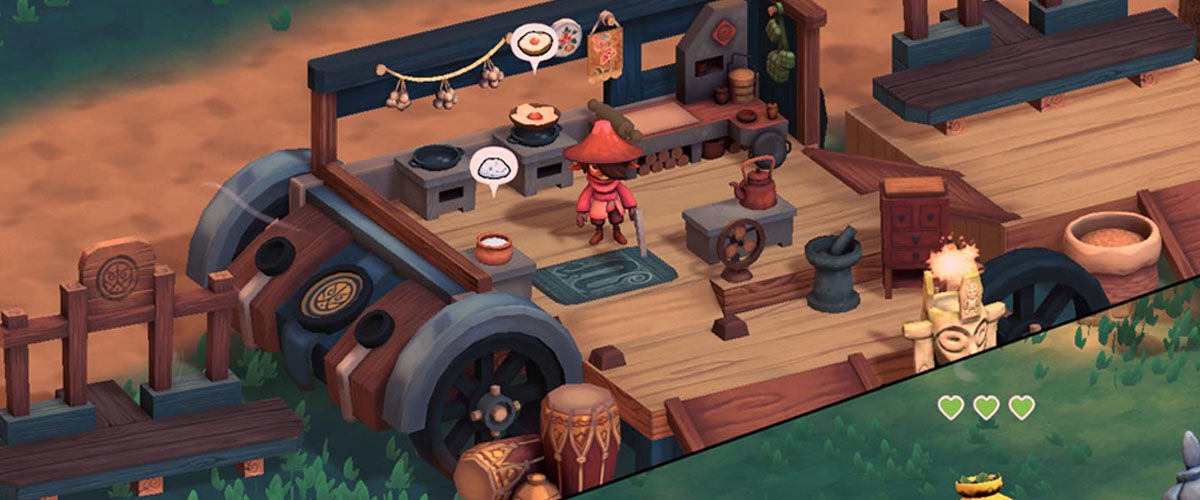This interview has been edited for clarity.
The small, sunny island of Singapore may not have the richest history in Asia, but there’s no denying that her cultural identity has long been shaped by culinary influence. A melting pot of cultures, one of the city’s greatest prides is the diverse gastronomical offerings that hail from various parts of Southeast Asia and beyond, serving as a well-assimilated, important driving force behind the local hawker scene. From Hainanese chicken rice, Malay nasi lemak, to Indian roti prata, Singaporeans love their food.

So it’s only apt that SEDAP!, the upcoming game from homegrown studio kopiforge, is a dish rich with local flavour. The project, which started in 2022 as a final-year project (FYP) in university, recently launched a playable demo on indie platform itch.io, and is steadily cooking its way to a planned 2025 release.
And true to the spirit of how food warms the heart, its lively, adorable presentation exudes the same fuzzy and comforting overtones. There’s an immediate association to the popular couch co-op game Overcooked, and the team is quick to acknowledge its influence on SEDAP!, citing its accessible nature as an important factor.
“When Overcooked was released, a lot of my friends suddenly started gaming. It was an entry point to gaming, and I remember how there was a period of time where any social event with the [Nintendo] Switch had people playing it,” shared producer Jay Wong in an interview with Geek Culture.
“I liked the idea of bringing players to collaborate and achieve something – I feel it’s a memorable form of gaming, so we wanted to roll with that kind of idea.”
But the team’s lead artist, Nadiyah Toi, found a muse in another title that features more monsters, foraging, and killing than cooking. “My inspiration is so weird for this, but I’m going to bring up Monster Hunter,” she laughed. More specifically, it was modelled after her experiences with the franchise’s titles, where self-assigned roles often play into her online co-op endeavours.
See, in SEDAP!, players don’t just hustle in the kitchen. The two-player co-op game puts them in a fixed role, either as the chef or hunter-gatherer, and there’s a catch: each teammate can only carry out their assigned responsibilities. Essentially, this means the cook can’t collect ingredients out in the wild – either by killing roaming creatures or picking them off from the natural source – and vice versa, with no option to switch between the two roles.
“Even though everyone can technically do the same thing [in Monster Hunter], I noticed that when I play with friends, what everyone does is to dedicate roles, so I like the idea of how each player is specialised in their role. And with SEDAP!, we’re forcing them to do their specific jobs,” added the 23-year-old.
Likening the experience to “party quests where there are different roles,” Wong brings up the example of RPG classic Maplestory, where there’s usually a cleric (a support class with healing abilities) in every group. “I think it feels good to have your own role; if you excel in it, and your friend excels in theirs, it feels very good,” he shared.

The role fixture adds a fresh twist to a familiar formula, but it’s far from the only original element in the game. In line with its Singaporean roots, SEDAP! – which means ‘delicious’ in Malay, one of the country’s main languages – promises plenty of Southeast Asian elements, from monster designs to the various recipes.
The pineapple trotter, for instance, takes after the snake-necked turtles, a critically-endangered species native to Oceania and Southeast Asia, while the chickens are based on the wakwak, a vampiric chicken hailing from Filipino mythology. Each of these monsters boasts individually-unique behavioural traits, with the former serving as hard-hitters, and the bees dealing very little damage, but spawning in big numbers.
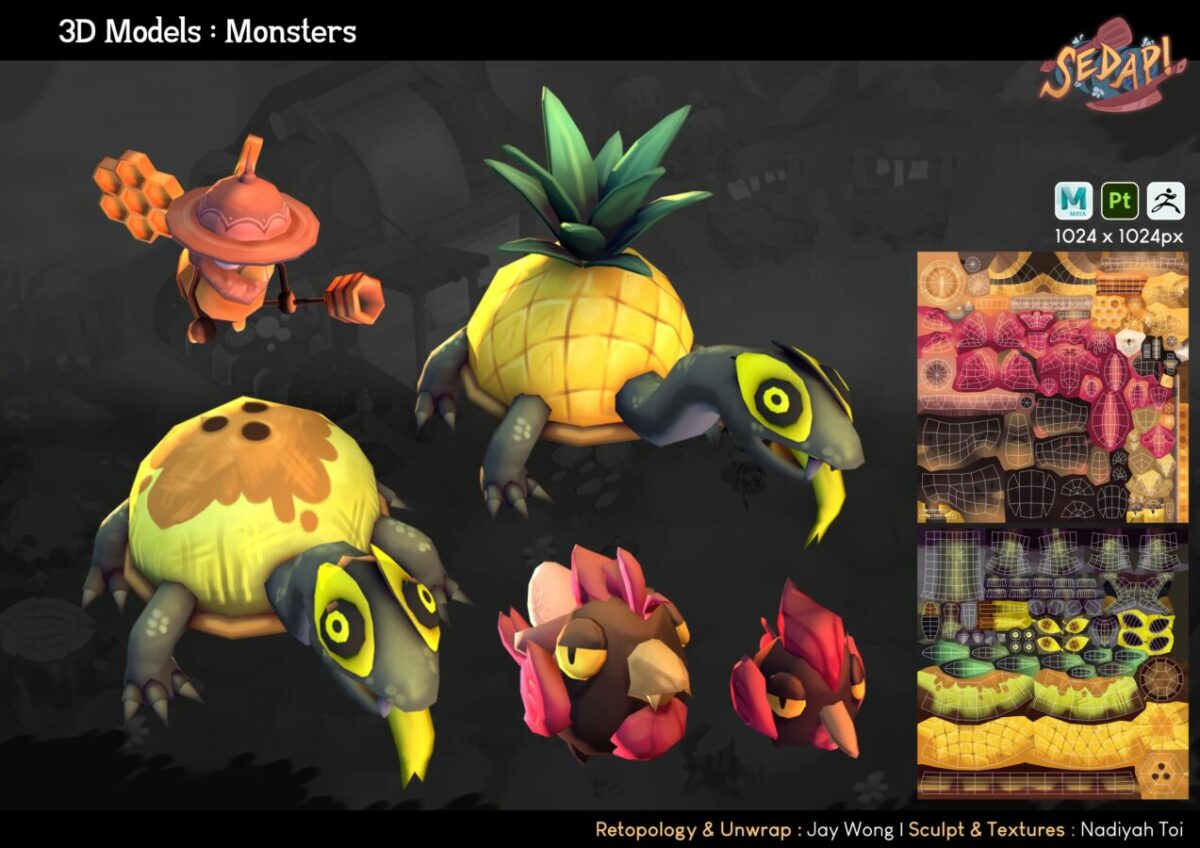
With every hit, there’s also a chance to strike gold. For an element of surprise, the team has incorporated a mini game-like mechanic that randomly rewards players with the corresponding ingredient after landing the first blow on the monster. It’s thus possible to obtain a coconut from a coconut-shelled turtle without having to defeat it in combat.
Once in hand, the ingredient will be handed over to the cooker, who works to whip up delicacies in the kitchen. The demo offered a taste (pun intended) of menu options, and most, if not all, of them should be easily recognised by those with Southeast Asian descent or influence. Spanning beverages, main dishes, and desserts, these include bubble tea, lotus tea, nasi lemak, pineapple fried rice, ondeh-ondeh, and mango sticky rice – among others.
“As much as possible, we don’t want a variety of Southeast Asian cuisine; we want every iconic dish to be represented as much as possible,” emphasised Wong on striking a balance between quantity and extent of cultural significance. The latter, in particular, is important, because food evokes a personal, emotional connection for some.
Sharing that he has “fond memories attached to ondeh-ondeh”, the producer recounted a story of his secondary school days, where a cultural exchange with some Chinese workers resulted in both parties teaching each other to make ondeh-ondeh and jiaozi (Chinese dumplings). This nostalgia is why he’s torn between choosing his favourite dessert in SEDAP!, admitting defeat with a “You cannot fight Southeast Asian desserts, everything is good!”. Damn right.
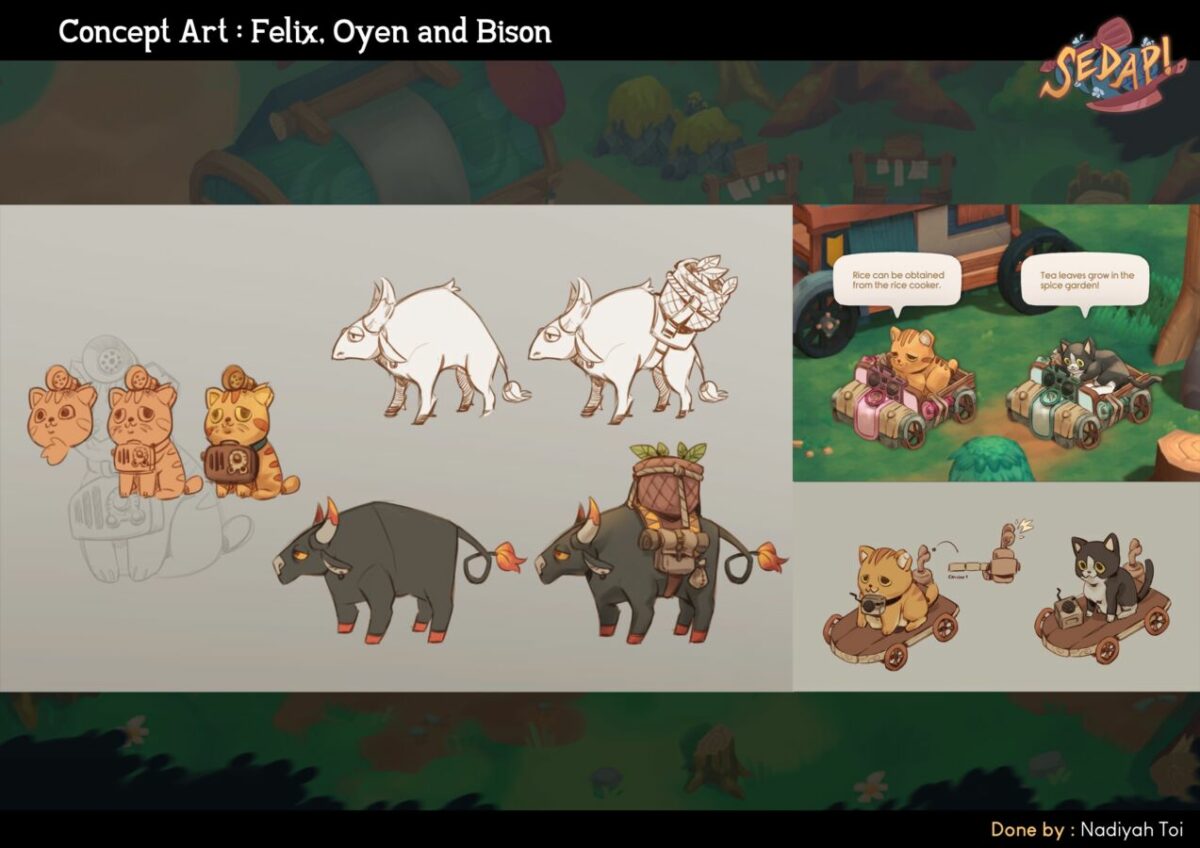
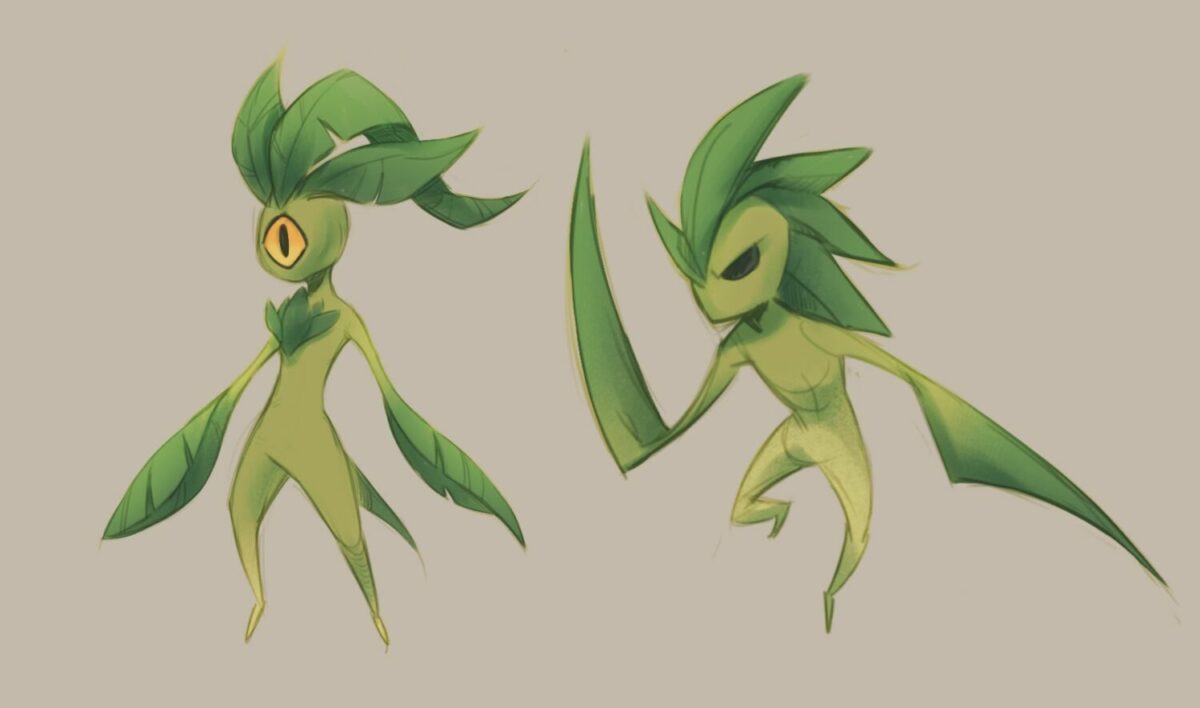
Where some things worked out, others didn’t. The 24-year-old revealed that the earliest version of the tutorial, included as part of the demo, involved a cat following each player and giving them instructions as they approached different game elements. It’d have been a really cute idea, but the team realised during the development process – mainly handled by lead programmer Jing Ting – that the speech bubble blocked a lot of visuals. Alas, the cat was a no-go, joining other scrapped concepts like a walking sapling design for tea leaves, and a mango shooter.
Then, there was Wong’s original idea of a mobile game mockup that saw players selling kacang putih (fried peanuts traditionally sold in paper cones) and progressing to different parts of Singapore to expand their stash. It’s no more now, of course, but its spirit still lives on in SEDAP! and its celebration of local culture and cuisine.
Funnily enough, a core memory of the development process took place during a three-month exchange programme in London. The pair, instead of exploring new sights and sounds, spent most of their time indoors to work on SEDAP!, and it bore the fruits of their efforts.
“I think it was very useful because there was the longing for Southeast Asian food in London, so I’d be drawing nasi lemak and mango sticky rice texturing in my house while going like, ‘God, I wish it was real,’” Toi chuckled.
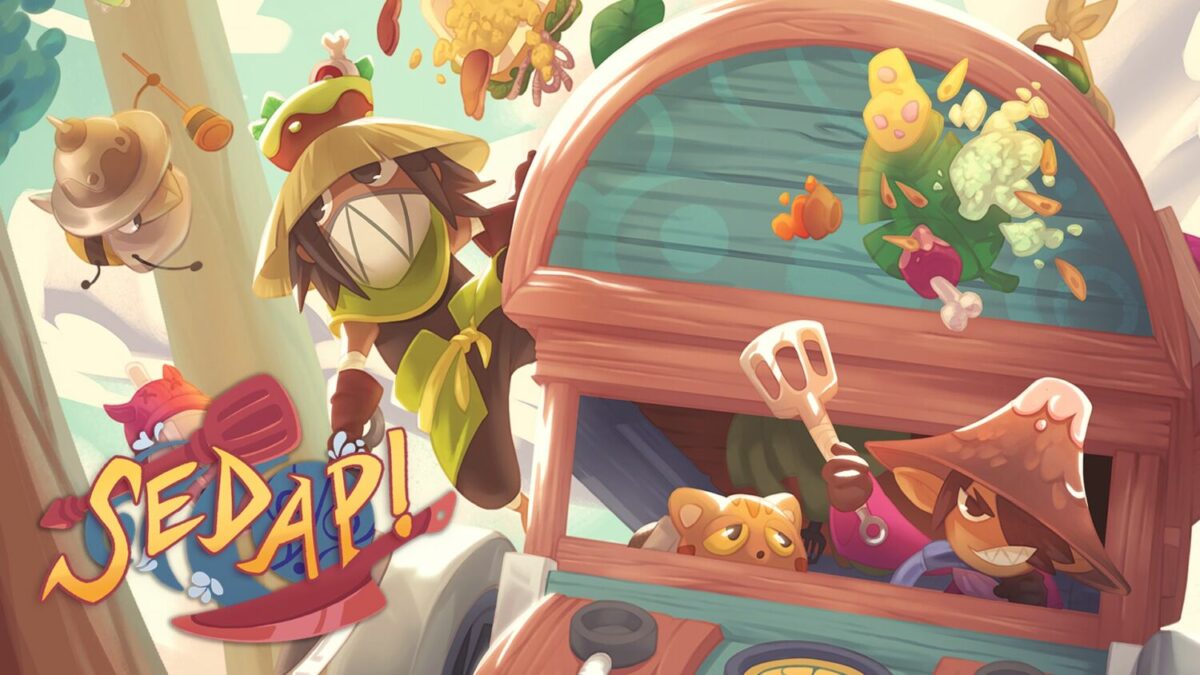
And little by little, the ingredients are coming together. This passion project with humble beginnings has caught the attention of both industry professionals and gaming enthusiasts alike, with its release announcement garnering 60,000 impressions on social media – most of which came from Indonesia and Malaysia. Publishers in the region, like Microsoft’s Xbox, are also lending their support to the team, who’ve been invited to exhibit at PAX Australia, taking place from 8 to 10 October in Melbourne.
Moving forward, kopiforge will continue to tweak SEDAP! according to the feedback received. A possible change is to introduce more flexibility into the roles, so that both players will be able to help each other out in their responsive roles, albeit in a limited capacity.
“We did receive some feedback after the past year that one role at some point is doing too much, and the other is not. So it’s about balancing the roles, and we’re considering loosening the rows up a bit for the future … to give some allowance, breathing space, and flexibility for players,” explained Wong.

Other plans include visual improvements to the art style, crockery upgrades, a full map to explore – complete with different locales and level design – and more dishes and monsters. For example, players will be able to cook seafood-based dishes at the beach, playing into the local culinary experience that features chilli crab, cockles, fish, and other seafood.
“We want to have a recipe; it’s like a Pokédex of dishes, so you’ll be collecting dishes along the way, and there’s going to be a whole narrative,” said Wong, referencing the electronic device used for cataloguing and identifying critters in the Pokémon games.
Any hope for secret recipes? “Maybe? It’s not a secret if we share now,” Toi snarked.
The demo for SEDAP!, slated for a full release in 2025, is out now.

